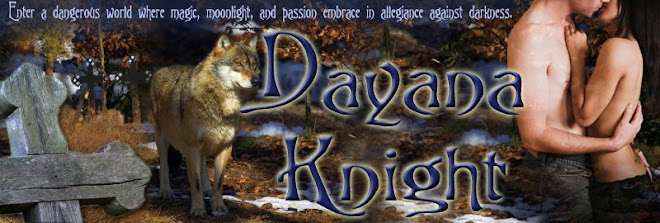
Hello, Eilidh!
As you may all know, Eilidh is an editor at
The Wild Rose Press . Thank you so much for taking time out of your busy schedule to talk with us about the things you see in submissions that are either off kilter in this case with Scottish research and other taboos we authors tend to not notice that take a manuscript down into the slush pile of sudden death.
I for one am happy to sit back and listen to the things that both irritate you enough to reject a manuscript as well give you positive cause to accept a manuscript. So without further
adieu take it, Eilidh.
Thank you, Dayana. I edit for the Wild Rose Press’s Black and Champagne Rose lines and I’m happy to talk about what I look for in a manuscript. I’ll be popping in all day to answer questions, so feel free to comment.
Factual and historical accuracy is very important to me. Thorough research makes your story ring true and your readers can experience a different world. As a Scot working in romance publishing, I sometimes cringe at the descriptions of Scottish people and history. Subs come over my desk asserting that all of Scotland’s strong young men were killed in the battles with the English. Well, that was true 260 years ago, but a generation later, there was a whole new crop of strong young men.
I’ve lost count of the historical or time travel stories, whose hero, seven hundred or a thousand years ago, is the stereotypical kilted Highlander, the noble underdog, struggling against oppression by the English. Actually, when the Scots weren’t cattle raiding and pillaging their own Highland and Lowland neighbors, they made outright invasions of English territory. The English perpetrated horrific retaliations, but if you bang on a beehive, you gotta expect to be stung.
And they didn’t wear kilts back then! In fact, when the modern kilt became popular in the nineteenth century, it was a fashion statement stimulated by Queen Victoria’s romance with the Highlands. By the time Highlanders fought in kilts, they were fighting
for the English, in the British army.
Okay, I’ve calmed down a bit now. I must admit that, of course, Highlanders wore a form of the kilt centuries ago and yes, they fought against the English, but probably not as much as they fought amongst themselves. The original kilt—the belted plaid—showed up around 1600. It was a vast plaid blanket, maybe five feet wide and up to twenty feet long. The wearer scrunched it by handfuls up the middle of the length and belted the bundle around his waist. The plaid fell below the waist to about the knee, and the top half was draped and pinned about the torso.
Sounds awkward, but this was actually a practical garment in the gales, rain, and snow of the Highlands. The naturally dyed colors blended with the heather and gorse of the mountains, so your rival clansmen didn’t catch you stealing their cattle, and the layers of wool kept some warmth trapped against the body. Scratchy, yes, but a linen shirt under the plaid made it comfortable. At night, you could wrap the plaid around yourself, and a friend, if you were lucky, for a cosy sleeping bag.
What does all this have to do with romance novels? Those Highland warriors make superb alpha male heroes. I would dearly love to see manuscripts showing the realities of Highland life, instead of the softened, cartoonish, pretend Scots that never existed. Two excellent resources for learning about the Scotland that actually was are
The Emperor’s New Kilt: The Two Secret Histories of Scotland, by Jan-Andrew Henderson, and
How the Scots Invented the Modern World, by Arthur Herman.
Here’s tae us; wha’s like us?
Damn few, and they’re a’ deid.(a Scottish toast)
Eilidh MacKenzie






